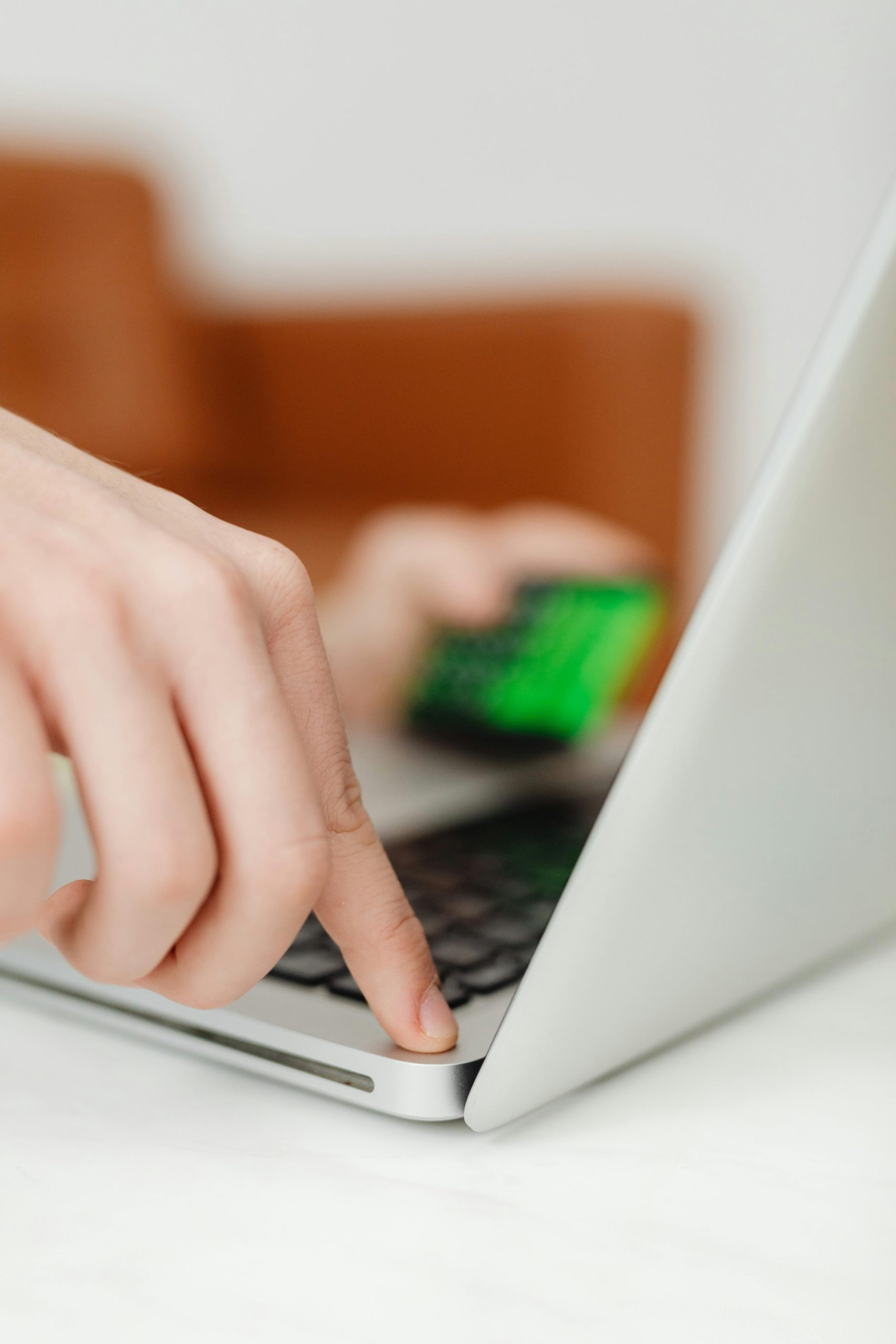How to Power On Your Laptop Without Using the Built-in Power Button: A Practical Guide
If you’re dealing with an aging laptop whose power button has become unresponsive, you’re not alone. Many users face similar issues, especially with older machines or those exposed to wear and tear over time. The good news is that there are alternative methods to turn on your computer without relying on the damaged power button. In this article, we’ll explore common solutions and how you can implement them to get your device up and running efficiently.
Understanding the Challenge
A malfunctioning power button can be frustrating, particularly if it requires multiple attempts or fiddling each time you want to start your laptop. This situation can become even more complicated if other hardware components, like the keyboard or USB ports, are also failing. Many users, like the individual in our scenario, find themselves seeking creative ways to power their devices without replacing or repairing hardware immediately, especially when budget constraints are a concern.
Alternative Methods to Power On Your Laptop
- Using the Wake-on-LAN (WoL) Feature
Certain laptops support Wake-on-LAN, allowing the machine to be turned on remotely over a network. This feature typically requires BIOS/UEFI configuration and the computer to be connected to power and network. To enable this:
- Access your BIOS/UEFI settings during startup (usually by pressing a key like F2, F12, or DEL).
- Navigate to power management options and enable Wake-on-LAN.
- Save settings and shut down.
- Send a WoL packet from another device (such as a smartphone or another computer) to turn on your laptop.
Note: Not all laptops support WoL, and this method may be more applicable to desktops.
- Connecting to the Power Button Circuit
For older laptops, it’s often possible to manually connect the power button’s contact points on the motherboard with a small screwdriver or a metal object to simulate pressing the button. This is more technical and requires careful handling:
- Warning: Opening your laptop may void its warranty and carries risk of damage.
- Locate the motherboard’s power button connector (refer to your laptop’s service manual).
- Carefully short the two contact points with a metal tool for a brief moment—this simulates pressing the power button.
If you’re uncomfortable with hardware work, consider seeking professional assistance.
- Using a Hardware Shortcut
Some laptops have a
Share this content:



